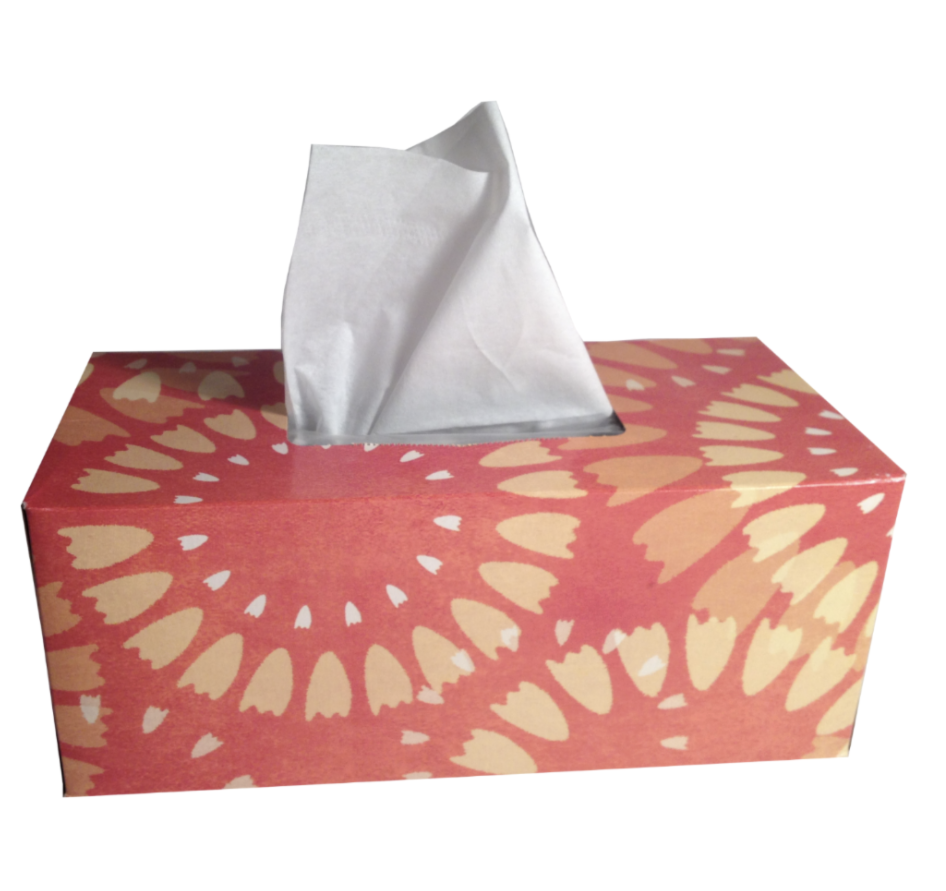

I recently introduced a breathing exercise in my yoga class as being potentially gross and disgusting.
Not my most seductive sales pitch.
However, with colds, flu, stuffed noses, clogged sinuses, and rampant allergens and pollutants in the air, the sometimes-messy alternate nostril breathing technique can be a great relief.
Known as nadi shodhana in Sanskrit, the slow and deliberate pranayama (techniques for controlling the breath to maximize prana or life energy) helps to clear and purify nasal passages and lungs.
Including pranayama in our yoga practice is essential, as the breath affects emotions and the mind. Pranayama helps to change both and to spread out the ability to find greater ease, contentment, and acceptance within ourselves. It also helps sharpen mindfulness, awareness, and presence.
Alternate nostril breathing also helps reduce anxiety and lower blood pressure.
It can even help harmonize the left and right hemispheres of the brain.
Alternate nostril breathing can also help to regulate the nervous system.
Perhaps I should have led with some of those characteristics, but that wouldn’t have had near the dramatic effect.
“Gross and disgusting” seemed to grab students’ attention.
(And maybe, it brought out a smile or a laugh.)
I find it requires a bit of sleight of hand to help students appreciate the benefits of pranayama. It’s similar to when I toss in the chanting of the sound of Om.
There just seems to be some reluctance.
In part, that’s probably due to lack of experience. The unfamiliar can be off-putting.
I think it also speaks to folks thinking they need to be more active and/or working up a sweat in their yoga classes to benefit…the old “no pain, no gain” refrain.
But, that couldn’t be farther from the truth.
So, gather up a box of tissues. You might want to blow your nose before you begin, and you may need to blow again at the end.
Here’s how to practice alternate nostril breathing:
Teaching tips:
The practice can be very relaxing.
And, even those with chronic lung conditions, like asthma or COPD, can practice this if done slowly and gently.
It can get icky. So, you might want to have tissues handy to start and to finish.
A steady pranayama practice can help you breathe easier…literally and figuratively.
For further understanding, here are some additional resources:
Namasté
Louise Applebome, 68, is a Certified Yoga Instructor in Dallas. After “retiring” from a vibrant and varied professional career, she became a yoga teacher. She teaches all her classes on Zoom right now and accepts students, young or older, from wherever they are, both geographically and in their pursuit of a yoga practice. Louise will help you stay fit and flexible, and release tension, aches & pains from the body…and the mind. Her yoga studio in Dallas is del norte yoga and you can reach out to her at [email protected].